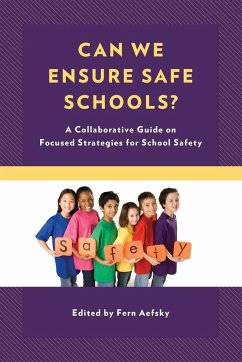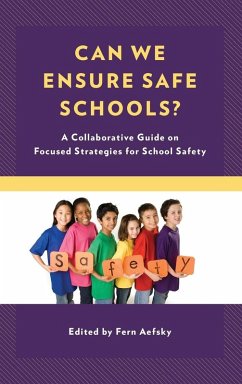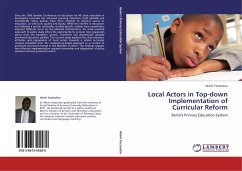
Top-Down Confusion
Is Gray the New Pink in Education?
Versandkostenfrei!
Versandfertig in 1-2 Wochen
31,99 €
inkl. MwSt.
Weitere Ausgaben:

PAYBACK Punkte
16 °P sammeln!
This book explores mixed messages in education that filters down from the government which leaves educators in a state of confusion. The culmination of over exposure of young children to LGBTQIA topics, the "banning" of religion in schools, and the runaway train of illegal immigration creates continual gray areas for school districts.













